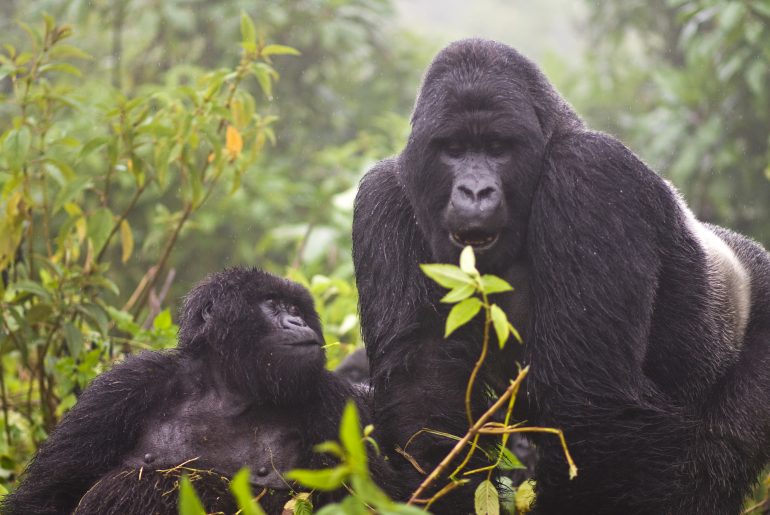This post is part of the series parenting
Other posts in this series:
- The Adolescent Brain- a treacherous frontier
- What science says about bullying (Current)
- Parenting with a mental illness
The thought of your child being bullied is enough to make a parent’s blood boil. With good reason. The consequences of bullying can be devastating and long-lasting on the psyche. Sometimes the outcome can even be violent – bullying has often been quoted as a contributing cause in suicide and school shootings. With such overwhelming feelings, how can we as adults take informed actions? Fortunately, the scientific community has been researching this very question.
When studying a behaviour, the first thing we have to do is define it. What is bullying? Psychological research says that it is a behaviour that a) recurs repeatedly, b) intends to harm or disturb and c) in which there is a real or perceived asymmetry of power. It may be physical, verbal or psychological (like shunning or shaming) in nature. The new dimension of cyberbullying can now be added to that list.
So what does not comprise bullying? Bullying is not eye rolling, or the boss hammering you for coming in late. It is not frenemies being bitchy to each other. It is not a once off incident of meanness. It is not disliking someone (although repeatedly humiliating someone you don’t like is bullying).
Evolutionary psychiatry asks the question: is bullying an inherent human behaviour? It has been described from hunter/ gatherer groups to modern man. It is found across the globe. A team of researchers (Due et al, 2005) did a huge multinational study to determine how common bullying is and how consistent its effects are. It seems that Swedish girls come off most lightly and it is most severe amongst Lithuanian boys. But it is happening everywhere. Bullying, it seems, is part of the human experience.
We are not alone. Bullying is not unique to our species. It has been described in every major group of primates and can be severe. Male chimpanzees regularly intimidate each other with bluffs, displays and aggression. In 2002 David Watts was observing male Chimps in Uganda. He described how they formed a coalition to murder a chimp, one which was repeatedly picked on in the past. Apparently, these coalitions are not uncommon.
Bullying has been described in lab rats, where one rat repeatedly targets another rat and takes resources from them, even when there are abundant resources.
When other animals display a behaviour which is similar to us, then we can conclude that the behaviour is deeply rooted in our evolutionary history.
The biological underpinnings of bullying are harder to determine. We can’t do brain scans of someone while they are being a bully. They did dissect the brain of the rat who was a bully (and others like him). They found that bully rats had an enlarged habena and basal forebrain. The habena is the stalk of the pineal gland and part of the pathways where dopamine, noradrenalin and serotonin are released. This circuitry is closely linked to reward and addiction. It is also the pathway which lights up when psychopaths are shown imagery of torture.
So, we can conclude that in rats and psychopaths at least, bullying is pleasurable and arousing. It is probably fair to say that bullies bully because they enjoy it. (Not all bullies are psychopaths, though – only a small percentage are.) The much-loved headmistress of my kids’ school has said that in all her years of teaching she has met only one “true” bully, a child in which empathy could not be nurtured.
The neurobiology of victims of bullying is well described. Cortisol levels are high, serotonin levels are low. Victims are anxious, insecure and struggle to learn. They have higher incidences of depression and suicide. However, it is not a direct correlation. Being bullied does not necessarily mean a bad outcome. There are many kids with high resilience, where adversity is dealt with without long-term harm.
The victim-bully is often described. People who are bullies, with a history of being victims. They are often extremely psychologically vulnerable and need more intensive interventions.
As parents we can help our children by nurturing empathy in bullies and resilience in victims.
If you become aware that your child is a bit of a bully, have consequences to make it clear that it is not on. But also, start conversations to help your child walk in another’s shoes: what do you think she felt like? why do you think he is so awkward? does she have friends?
Much research has shown the effectiveness of teaching resilience to victims. Building resilience means strengthening one’s ability to effectively cope, adjust, or recover from stress or adversity. Firstly, don’t expose kids to trauma in the home. Domestic violence, abuse, neglect only weakens a child’s ability to cope outside the home.
Explain the motivations of the bully. Bullies enjoy bullying – they like to make you feel bad. Thus, if you don’t play their game, if they can’t make you feel bad, then they can’t win. Bully: “you idiot”. Comeback: “haha, aren’t we all?” Maybe work out five stock phrase comebacks with your child. It will help them set boundaries and not get upset in the moment. It also shows them that you are listening and that you can help them control this situation.
If physical aggression is happening, kids need to know that adults will take the necessary steps. Often kids (and adults) don’t speak out in fear of making the situation worse; of the victim being targeted further for snitching. This does not hold out. Adults acting appropriately in setting norms can greatly contain the situation.
Cyber bullying is a whole new manifestation of an old problem. In the past, a victim had the safety of home in which to regroup. Now he takes the bullies home with him in his pocket. Further, social media can reduce empathy. If you say something mean to someone and they blanch, we normally back off. Because there is no such feedback loop on Whatsapp, things can easily get out of hand. As adults, we need to have a non-intrusive awareness of our children’s online presence. If we become aware of something untoward, we need to intervene, even if it is to get the child to leave the abusive group.
Helping our children deal with bullies and not be bullies requires us to be mindful and calm, flexible and creative, loving and firm. We are only human. There is no harm done in getting help, enlisting teachers, grandparents, psychologists, other parents. It does take a village to raise a child.

Continue reading this series:
Parenting with a mental illness









4 Comments
Thanks for bringing up this topic that is either not discussed in open or that people think can only happen to someone else’s child. The stereotypical idea of bullying is that it happens between boys of a certain age in the playground. Would that it were so simple one would go home with a bloody nose once in a while though not much the worse for ware. I want to share what happened to a much younger friend of mine who took his own life, at least in part due to bullying. There we no punches thrown or physical assaults. He was being bullied emotionally and humiliated on-line by his second to last ex-girlfriend. I know he was too much of a gentleman to retaliate and too shy to ask for help. It seems that female bullying of this sort is far more pervasive and insidious than a playground scrap. Usually the bully tries to destroy the victim’s reputation by spreading malicious lies and rumors about him and by trying to turn his friends against him. As you mention, because much of this happened on-line there was no escape from it, even in the privacy of one’s own bedroom it could go on all night. The only unthinkable solution for a teen today would be not to go on-line at all. Even after his death the family continued to be traumatised by what was posted on his social media account that could not be closed. Now it is, but now is too late. I suggest that parents and older siblings get involved with what they are doing and reading online: No secret passwords and no secret accounts.
Finally I wish to mention bullying in the workplace as well as the related issue of corporate bullying of clients in the service industry where regular and illegal charges and deductions are made for transgressions that the client never agreed to. I won’t say anymore about that except that bullying is a much bigger problem than we have imagined.
That is a tragic story. Thank you for sharing.
It is a cautionary tale. However, I wonder how many bullies graduate to become domestic abusers, whether physical, emotional or economic, all of which are outlawed in South Africa. Perhaps that topic would be a good follow on from this one some time. I am guessing that domestic abuse accounts for a sizable chunk of psychopathology you see.
Thanks, David. I’m always on the lookout for new blog ideas.